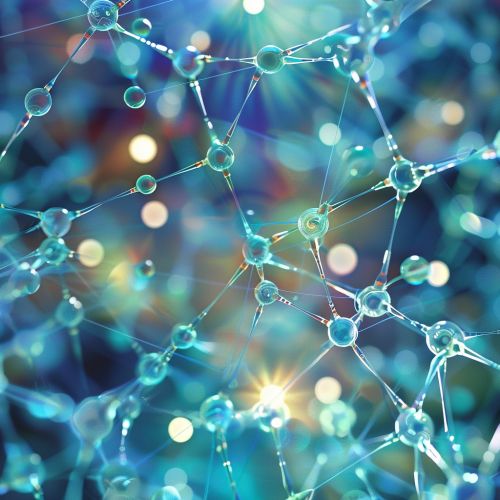Spin networks
Introduction
Spin networks are a graphical device used in quantum gravity to describe states of the gravitational field in a non-perturbative and background independent manner. Introduced by Roger Penrose in 1971, they have since become a fundamental concept in loop quantum gravity.
Definition
A spin network is a graph whose edges are labelled by representations of a group (usually a compact Lie group or a quantum group) and whose vertices are labelled by intertwiners between these representations. In the context of quantum gravity, the group is usually taken to be SU(2) or a quantum deformation thereof.


History
Spin networks were first introduced by Roger Penrose in 1971 as a possible basis for the quantum states of the gravitational field. The idea was further developed by Abhay Ashtekar and Carlo Rovelli in the context of loop quantum gravity, where spin networks form a basis of the Hilbert space of quantum states of the gravitational field.
Mathematical Description
The mathematical description of spin networks involves the use of group theory, representation theory and combinatorics. The edges of the spin network are labelled by irreducible representations of the group, while the vertices are labelled by intertwiners, which are invariant tensors under the action of the group.
Physical Interpretation
In the context of quantum gravity, a spin network represents a quantum state of the gravitational field. The edges of the spin network represent quantum excitations of the gravitational field, while the vertices represent interactions between these excitations. The labels on the edges and vertices encode the quantum numbers associated with these excitations and interactions.
Applications
Spin networks have found applications in various areas of theoretical physics, including quantum gravity, quantum information theory and quantum computing. In quantum gravity, they provide a basis for the Hilbert space of quantum states of the gravitational field. In quantum information theory and quantum computing, they provide a graphical language for describing quantum states and processes.
